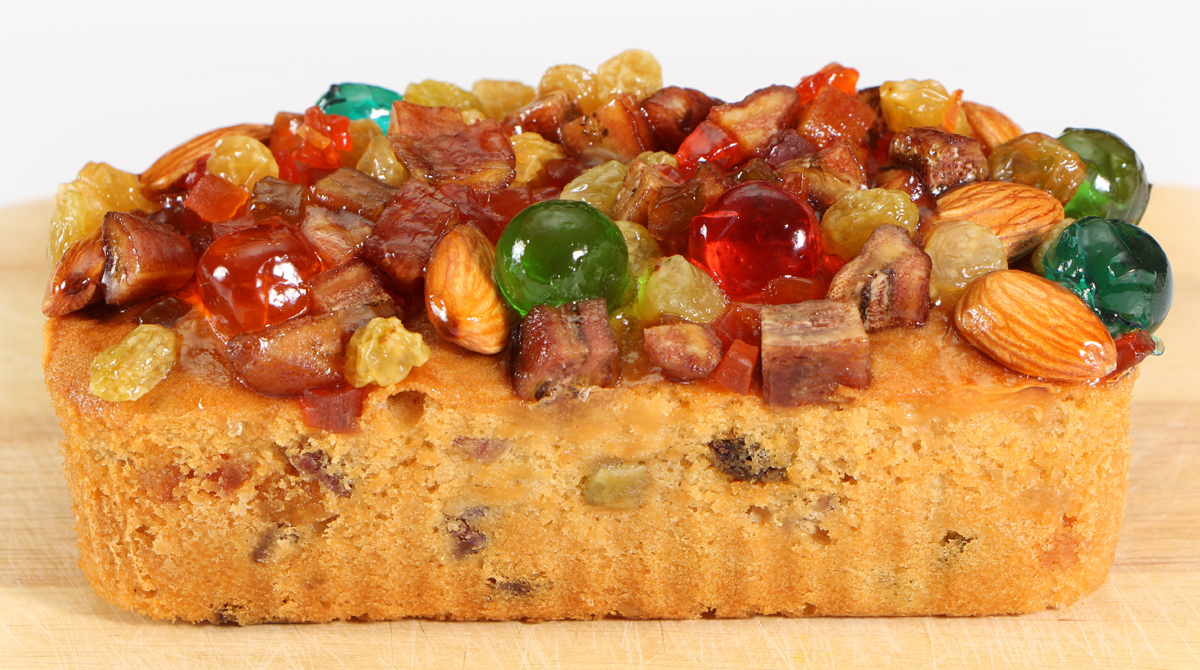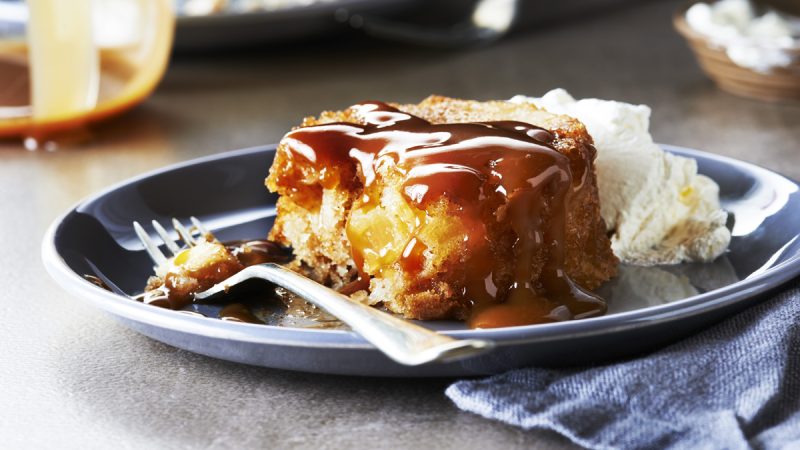A Christmas Cookie for Ginger Nuts

Over the holidays, the great cookie debate inevitably flares. In this eternal debate, I always choose crisp over chewy. For me, the snap and crunch of a cookie matters as much as its flavor. But if chewy cookies are your thing, do read on.
What determines if a cookie will be crisp or chewy? Baking involves specific and predictable interactions. Texture is affected by several ingredients, but the kind and amounts of sweetener and shortening in a recipe matter particularly. Baking time makes a difference, too. These Gingersnaps come out crisp if you bake them the full time, slightly chewy in the center when you give them a minute or two less.
Brown sugar tends to make a softer cookie than white sugar because it contains more moisture. Honey and agave even more so. Here, white sugar, plus a touch of molasses, gives the warm flavor of brown sugar but the crispness associated with white sugar.
Shortening is the ultimate determining factor in Gingersnaps. Using a non-dairy stick shortening gives them serious snap. The one I use contains no trans-fats or additives; it is a blend of oils. Using a soft tub spread instead, which you can do, gives a softer result. With it, these cookies come out of the oven crispish, then turn chewy when they sit overnight. If you want this, note that the batter will be too soft to shape into balls. It needs to be dropped from a spoon onto your baking sheet. Both shortenings make cookies with the same warm, zingy flavor, so bake them to please your preference. Either way, these cookies keep well for a week and are great for sharing at a holiday cookie swap.
P.S. To make them look especially festive, sprinkle a pinch of red, green or multicolor sugar onto the wet frosting.
Ginger Lemon Cookies
Makes 24 cookies. Per 1 cookie serving: 75 calories, 3 g total fat (1 g saturated fat), 12 g carbohydrate, 1 g protein, <1 g dietary fiber, 80 mg sodium.
Ingredients:
- 3/4 cup unbleached all-purpose flour
- 1/2 cup whole-wheat pastry flour
- 1/2 tsp. baking soda
- 1 1/4 tsp ground ginger
- 1/2 tsp. ground cinnamon
- 1/8 tsp. freshly ground black pepper
- 1/4 tsp. salt
- 1/3 cup dairy-free buttery shortening sticks
- 1/2 cup sugar (plus 2 tablespoons)
- 2 Tbsp. unsulphured molasses
- 1 large egg white
- 1/3 cup confectioners’ sugar
- 2 tsp. fresh lemon juice
- Preheat oven to 350 degrees F.
- In mixing bowl, whisk together both flours, baking soda, ginger, cinnamon, pepper and salt.
- In another bowl, use electric mixer on medium-high speed to beat non-dairy shortening sticks with 1/2 cup of the sugar for 2 minutes. Add molasses and egg white and beat for 3 minutes. Set mixer on low speed and mix in dry ingredients just to combine –leaving white streaks is better than over-mixing. Batter will form soft ball.
- Place remaining 2 tablespoons sugar in wide, shallow bowl. Pinch off about 1 tablespoon batter and roll it between your palms, forming 1-inch ball. Place ball in bowl with sugar and roll to coat it, and then place on light-colored, ungreased baking sheet. Discard leftover sugar. Repeat, spacing balls 2-inches apart. Using back of a glass, press to flatten each ball into 1⅓-inch disk.
- Bake cookies for 10 minutes. While cookies bake, for glaze, in small bowl, combine confectioners’ sugar with lemon juice, mixing until sugar is completely dissolved.
- When cookies are done, immediately use spatula to transfer to wire cooling racks. Using tip of a knife, spread ¼ teaspoon glaze on top of each warm cookie. Cool completely. Store in cookie tin for up to 1 week.
Something Different is written by Dana Jacobi, author of 12 Best Foods Cookbook and contributor to AICR’s New American Plate Cookbook: Recipes for a Healthy Weight and a Healthy Life.
The American Institute for Cancer Research (AICR) is the cancer charity that fosters research on the relationship of nutrition, physical activity and weight management to cancer risk, interprets the scientific literature and educates the public about the results. It has contributed more than $96 million for innovative research conducted at universities, hospitals and research centers across the country. AICR has published two landmark reports that interpret the accumulated research in the field, and is committed to a process of continuous review. AICR also provides a wide range of educational programs to help millions of Americans learn to make dietary changes for lower cancer risk. Its award-winning New American Plate program is presented in brochures, seminars and on its website, www.aicr.org. AICR is a member of the World Cancer Research Fund International.








